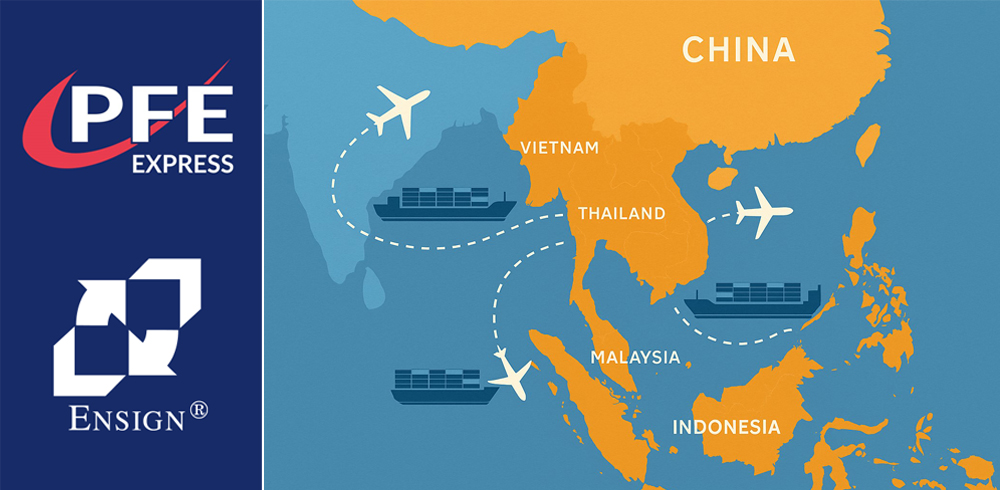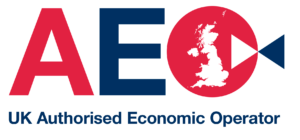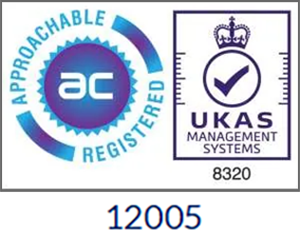Intra-Asia trade is undergoing a dynamic transformation, shaped by shifting global supply chains, evolving trade policies, and the emergence of new economic routes. As businesses look to build resilience against global uncertainty, diversification within Asia is becoming a crucial strategy for sustainable growth and risk mitigation.
Why Intra-Asia Diversification Matters
As international trade becomes more complex, businesses are rethinking their strategies to manage risk and build more flexible, regionally integrated supply chains. Intra-Asia diversification is emerging as a powerful way to futureproof operations and respond to shifting global dynamics.
Resilience Amid Global Volatility
The past few years have seen rising trade tensions and growing policy uncertainty. The US–China trade dispute, for instance, brought steep tariffs on hundreds of billions of dollars’ worth of goods, disrupting established trade flows and prompting many businesses to reassess their sourcing strategies. In June 2025, US sea imports from China dropped by 28.3% year-on-year, while imports from Vietnam, Indonesia, and Thailand rose sharply, highlighting a clear pivot toward more stable regional partners.
By strengthening supply and demand networks within Asia, intra-Asia trade diversification helps insulate economies from external shocks, reducing reliance on volatile global routes and enhancing overall supply chain resilience.
Significant Growth Potential
Looking ahead, the outlook for intra-Asia trade is strong. With the value of trade between key Asian markets expected to surpass USD 1 trillion by 2030, businesses stand to benefit from the region’s rapid growth and rising influence in global trade flows.
Supply Chain Innovation
Keeping pace with this growth requires modern, agile supply chains. Many companies are accelerating investment in digitalisation and end-to-end solutions – from paperless trade systems to real-time tracking and data sharing – to respond faster to cross-border demand and strengthen resilience.
Vietnam and the ASEAN–China Trade Corridor
A key feature of Asia’s evolving trade landscape is the growing connectivity between China and ASEAN: the Association of Southeast Asian Nations. This regional bloc, made up of ten countries including Vietnam, Thailand, Malaysia, and Indonesia, is focused on strengthening economic ties and promoting cross-border trade. Within this context, Vietnam is stepping into a central role along the ASEAN–China corridor, supported by its strategic location, expanding logistics infrastructure, and growing export capacity.
Vietnam: A Strategic Transit Hub
Vietnam is emerging as a key goods transit hub and a strategic link in the supply chain between ASEAN and China. Its geographic position, rapidly developing logistics infrastructure, and active involvement in regional trade initiatives all point to its growing ambition to lead in this space. Vietnam’s export sectors, spanning electronics, textiles, and agriculture, are increasingly woven into regional supply chains, benefiting from both Chinese demand and ASEAN market access.
The ASEAN–China Corridor: A Growth Engine
Trade between ASEAN and China has grown steadily in recent years, reshaping regional trade dynamics. Since 2020, ASEAN has overtaken the EU to become China’s top trading partner. In 2023, trade between China and ASEAN reached USD 468.8 billion, accounting for 15.9% of China’s total foreign trade, a 10.5% increase on the previous year.
New trade lanes are emerging across high-value sectors such as electronics, machinery, and technology. Notably, Hong Kong has seen a surge in exports to Asian markets including Vietnam and Taiwan, reflecting the region’s pivot away from traditional Western markets and towards stronger intra-Asia trade ties.
Opportunities for SMEs
This evolving corridor isn’t just benefitting multinationals. Small and medium-sized enterprises are also taking advantage of regional opportunities by tapping into free trade agreements, digital marketplaces, and reliable logistics partners to reach new cross-border customers.
Partnering for Success
PFE and Ensign, with our extensive network and deep expertise across key Asian markets, are committed to helping our customers capitalise on these emerging opportunities. By offering tailored logistics solutions, local market insights, and end-to-end supply chain support, we ensure businesses are well positioned for success in the rapidly evolving intra-Asia trade landscape. Our local knowledge, on-the-ground presence and strategic partnerships across the region enable us to deliver resilience and efficiency at every step.
To find out more about how PFE and Ensign’s joint Intra-Asia services can support your supply chain, please get in touch with your usual PFE contact or email [email protected]
References
Asia Can Boost Economic Resilience Amid Surging Trade Tensions
Intra-Asia Trade Opportunities: China And Southeast Asia | FedEx Hong Kong SAR, China
Viet Nam expects to become goods transit hub between ASEAN and China
Clearing the runway for Intra Asia Trade
Hong Kong’s Export Surge: A Beacon of Asian Trade Resilience Amid Global Crosscurrents
US Ocean Imports I Reuters







